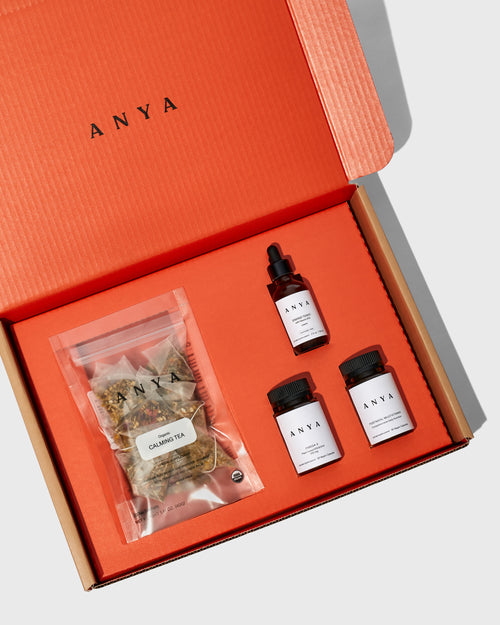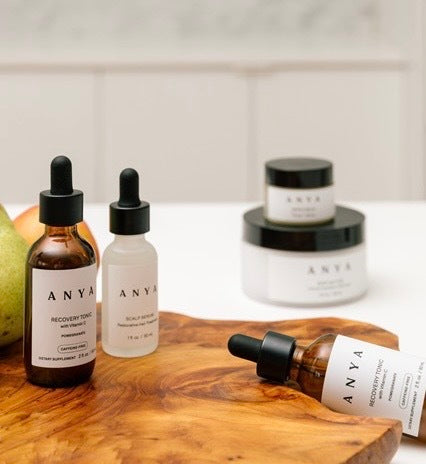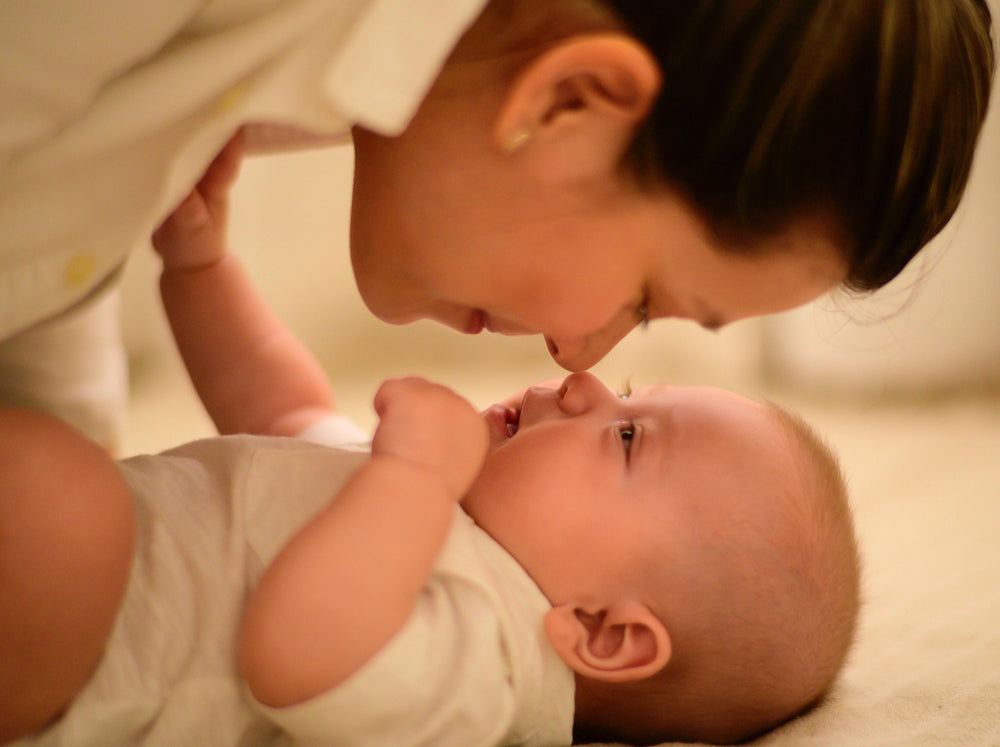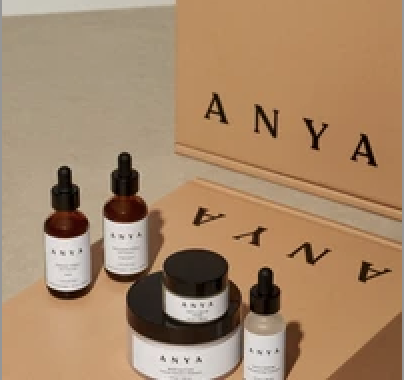There are myriad reasons a new mother would decide to use a breast pump—maybe they are going back to work, having latching problems, want to stockpile more milk, or experiencing pain in breastfeeding. So it’s not surprising that, according to the most comprehensive study on the topic (conducted in 2008), 85 percent of breastfeeding mothers use a pump at least some of the time. Add to that improvements of pumping technology and mandated changes to insurance coverage and pumping becomes even more accessible. That doesn’t mean it’s entirely intuitive. We asked our lactation experts to answer the questions they hear most often.
How old should my baby be before I start pumping?
“One of the real misconceptions we hear from new moms is that you should wait to pump until a breastfeeding routine has been established,” says Heather McFadden, International Board Certified Lactation Consultant (IBCLC). If your baby needs special care or hasn’t figured out how to latch, you might start pumping in the first twenty-four hours after birth. If your baby is not gaining weight or has lost too much weight, it’s possible that you will start pumping within the first five days. If your baby is not an efficient feeder and you are getting a backup of milk or clogged ducts, you will need to start pumping at the end of each feeding to empty the breast and maintain good breast health. There is no one right answer to this question. The time to start pumping “is specific to that mom and baby,” says McFadden.
Does pumping early on help establish a good milk supply?
Lactation consultants agree that if your baby is nursing well, there is no need to pump in the early stages to increase milk supply. Breast milk supply is regulated by the demand, so your body is usually capable of producing exactly what your baby needs, though there can be exceptions like maternal health issues, nipple trauma, mother-infant separation, and infant sucking challenges. But you and your baby will create the right amount of milk; if you want more (in case you’re going back to work, for example), that’s where pumping extra comes in.
What are signs I should hold off on pumping?
“If a mother has an oversupply of milk or a baby that is almost struggling to keep up with milk flow, we don’t want that mom pumping at all,” says McFadden. “That would just increase the volume of milk when it isn’t needed.” But if a mother needed to build up a little stockpile of milk to prepare for going back to work, she could try hand expression or a manual pump. Experts also advise against pumping—at least for a few days—if it is painful or very uncomfortable. If pain persists, consult your doctor.
Can I pump to relieve engorgement?
It depends. McFadden says. “If breastfeeding is too painful, it is advised to pump every two to three hours to maintain good milk production until the mother has healed enough to try breastfeeding again. If such pain exists, it is recommended to get support from an IBCLC.” Though there are differences in opinion, as Sarah Moore, a certified lactation educator and counselor thinks as tempting as it might be, it could make a bad situation worse ,“I don’t think you should pump when you are engorged—it can actually tell your body to create more milk,” says Moore. McFadden suggests manual expressions in the shower or a manual device like the Haaka to collect some of the milk you are expressing, if pumping isn’t helping to relieve the engorgement. Between feedings, cold compresses can help relieve the inflammation caused by engorgement.
I’m struggling. Is it me or is it my pump?
It could be that you are having a hard time triggering the letdown reflex when you’re pumping. Most electric pumps have a built-in letdown or massage phase, which is essentially a warm-up (about two minutes of faster, lighter pumping) that signals your milk ducts to release the milk. If that isn’t doing it, lactation consultants suggest using warm compresses and looking at videos or pictures of your baby to stimulate letdown. If you’re just not getting enough milk when you pump—even after letdown—adjust the cycle and vacuum settings on your pump. The cycle setting controls how frequently the pump pulls, and the vacuum setting controls how strongly the pump pulls. Try different combinations to see what works better, like hand expression, pumping with breast massage, double electric, or manual pumps, says McFadden. You could also just have the wrong pump for your body. See our breast pump guide to study the options.
Is it normal for pumping to hurt?
Pumping may feel uncomfortable, but it should not hurt. Check that the flange (the plastic shield that fits directly over your nipple to form a seal around the areola) on your pump fits correctly over your nipple. “When the tunnel of the flange is placed on your breast, your nipple should have only a few millimeters of wiggle room on the sides–it’s important to check this a few minutes into pumping,” says McFadden. You can also lower the vacuum to a more comfortable setting. If your nipples are sore from pumping, lubricating them with a nipple balm will reduce friction on the flange.

Anya Nipple Balm
What is the best container for storing breast milk?
Storage bags made for freezing breast milk are experts’ preferred option because they have a tight seal, include a label for the date of the pumping, and measure out the storage amount (ideally two to four ounces). They are also typically covered by your insurance as necessary breastfeeding supplies. You can also use a glass or BPA-free plastic container with a tight-fitting lid. If you are using plastic, double check that the containers do not have the recycle number 7, which means they may contain BPA, a chemical that can leach into your breast milk and has been linked to endocrine disruption.
How long can I store breast milk?
The guidelines from the CDC and the American Academy of Pediatrics for storing fresh breast milk are as follows: Store in a covered container at room temperature for up to four hours, in the back of a forty-degree refrigerator (where the temperature is most consistent) for up to four days, or in the back of a freezer for six to twelve months. If you are ever in doubt, give it a sniff. “Breast milk can smell bad when it isn’t good anymore,” says Moore. Breast milk that hasn’t turned bad won’t have a distinctly unpleasant odor.
What is the best way to clean a pump?
Always consult your breast pump’s manual for guidance on cleaning. Some parts may be dishwasher-safe, depending on the kind of pump you have. If you wash it yourself, take apart the pump, separate the pieces that have come into contact with breast milk, wash them with soap and warm water for at least fifteen seconds, rinse them, and place them on a paper towel or a sanitized surface to air-dry. Wipe down the outside of the pump (power switch, handle, and knobs) with a disinfectant wipe. The tubing typically does not come into contact with breast milk and does not need to be cleaned.
Is my workplace required to provide a place for me to pump?
Yes. In all fifty states, the Fair Labor Standards Act of 2010 and the Fairness for Breastfeeding Mothers Act of 2019 require that a workplace provide a lactation space that is clean, private, and not a bathroom.
What can I do with my extra breast milk?
If you have a stockpile of frozen breast milk, depending on the situation and on any medications you might be taking, you could donate it to a local milk bank, says Moore. While your breast milk is made to fit the needs of your baby (for instance, if you have the flu, your breast milk will pass on antibodies to your baby), it is usually safe to give to another baby. The FDA strongly advises against giving or taking breast milk from an individual or over the internet—there is no screening process to ensure its safety. To donate extra breast milk, check with your hospital or local milk bank: They will pasteurize the milk and screen it properly for diseases and contamination before giving it to anyone else. If you are considering getting donor milk for your baby, always check with your pediatrician first.






